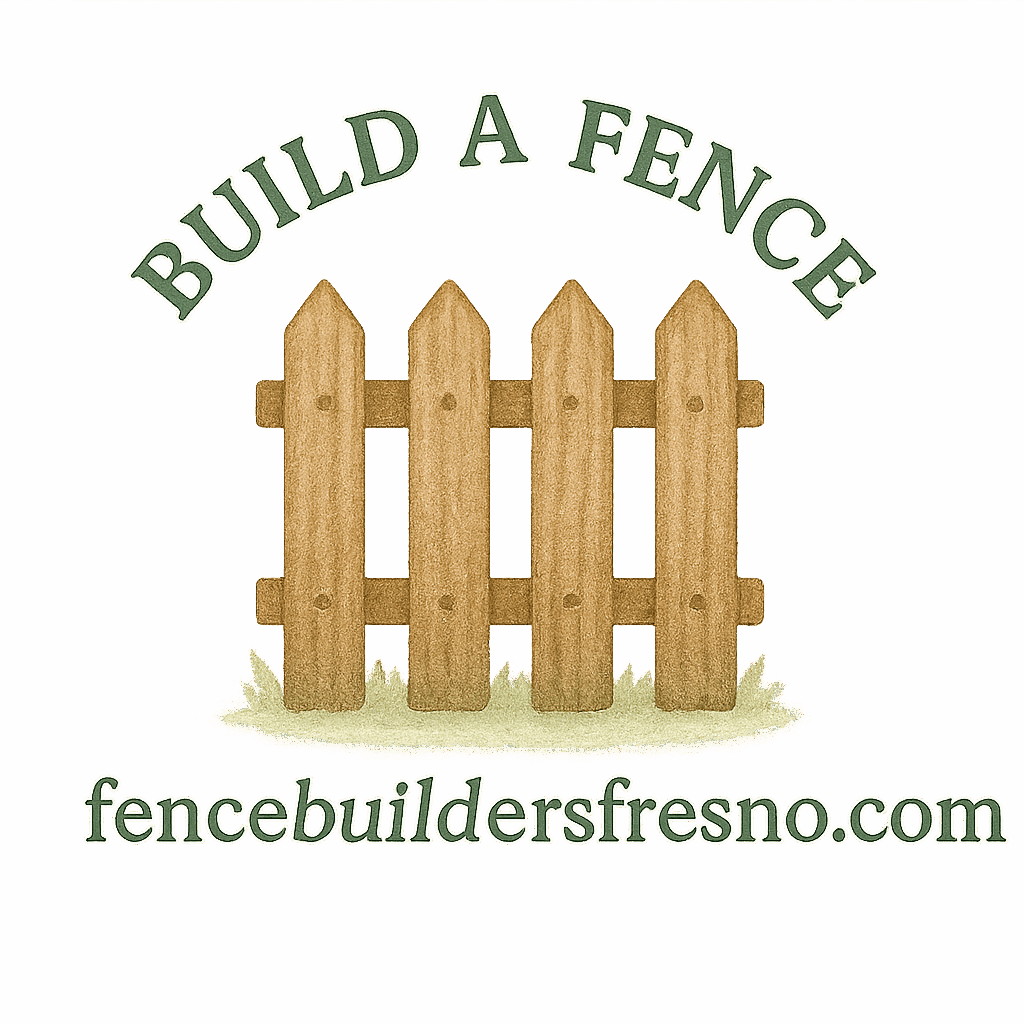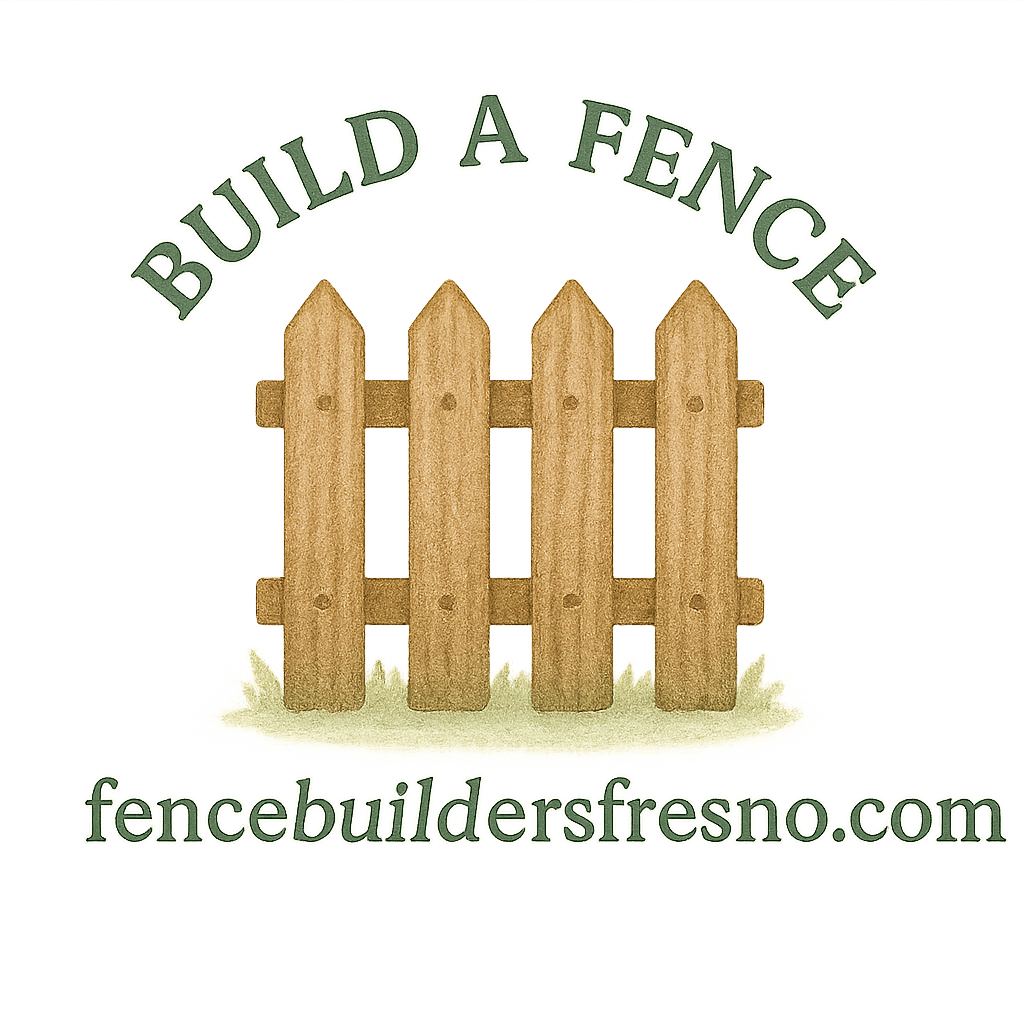So, you’re thinking about adding some green life to your fence design? Awesome choice. Blending plants with your fencing isn’t just stylish—it’s also a smart way to boost your privacy, enhance your curb appeal, and even keep your space cooler.
Let’s dig in (pun totally intended) and talk about the 5 ways to incorporate plants into your fence design—and don’t worry, we’ll show you how to keep everything beautiful, practical, and low-maintenance.
Why Combine Plants with Fencing?
Think of fences as the backbone of your outdoor space—strong, structured, and essential. Now add plants, and you’ve got the muscles and the soul. When you merge these two elements, magic happens. You’ll get:
- Extra privacy
- Natural insulation
- A more inviting yard
- Improved air quality
- A touch of personality
And whether you’re using a wood fence, vinyl, or something more decorative, there are tons of options.
Ready to green up your fence? Let’s go!
1. Create a Living Wall Fence
Vertical gardens are super trendy—and for good reason. A living wall fence is a perfect option if you’re short on space or simply love the lush look.
Best Plant Options for Living Walls
To get that vibrant, overflowing look, stick with hardy, low-maintenance plants:
- Succulents
- Ferns
- Herbs (like basil, mint, and thyme)
- Trailing plants like pothos or ivy
They cling, spread, and thrive in containers—perfect for this style.
How to Maintain a Vertical Garden Fence
Vertical gardens need a bit of planning. Use:
- Lightweight soil mixes
- Built-in irrigation systems
- Modular wall planters or recycled pallets
Don’t worry—it’s totally DIY-friendly. If you’re unsure where to start, check our DIY fence ideas.
Pro Tips for Vertical Growth
- Place taller plants on top tiers
- Make sure drainage is solid
- Use mulch to retain moisture
And always consider the durability of your fencing. Check out our guide to durable fencing to make sure your structure can handle the weight.
2. Use Planter Boxes Along Your Fence
Planter boxes are like little gardens in a box—and they’re ideal if you want control over soil and watering.
Ideal Planters for Different Fence Types
- Wood fences: Go rustic with wooden planter boxes
- Vinyl fences: Use white or neutral-toned resin planters
- Metal fences: Try modern metal containers or cement boxes
Pairing the right box with the right fence adds harmony and design flow. Learn more about fence design and planning.
Choosing the Right Plants for Planters
Want color? Go with:
- Petunias
- Marigolds
- Geraniums
Need herbs or veggies? Try:
- Lettuce
- Chives
- Strawberries
Seasonal Plant Rotation Tips
Switch it up! Fall mums, spring tulips, or winter pansies help keep your fence feeling fresh all year round.
3. Train Climbing Plants and Vines on Fence Panels
Got a boring fence? Vines are your best friend. They turn plain panels into living art.
Perfect Vines for Fences
- Clematis (colorful flowers)
- Jasmine (smells divine)
- Honeysuckle (wild and beautiful)
- Ivy (classic and timeless)
Looking to make your front yard pop? Explore our front yard fencing tips for more ideas.
Trellis or No Trellis? Deciding What Works
You can:
- Attach a trellis to the fence
- Let vines climb the fence directly
Vinyl fences often need a trellis, while wood fences can handle direct contact.
Preventing Fence Damage from Vines
- Keep growth trimmed
- Don’t let moisture build up
- Watch for root systems near fence foundations
Need help with fence maintenance and repair? We’ve got your back.

4. Incorporate Hanging Plants into Fence Design
Looking for a quick and easy way to green your fence? Hanging plants are the way to go.
Types of Hanging Systems to Try
- Macrame hangers for a boho vibe
- Wall-mounted pots
- Adjustable metal hooks
- Gutter planters (repurposed and cool)
Fence Materials That Support Hanging Plants Best
- Wood fences: Easy to screw into
- Vinyl fences: Use clips or adhesive hooks
- Metal fences: Opt for hooks or over-the-top brackets
Avoiding Overcrowding and Overwatering
- Space plants at least 12 inches apart
- Use saucers to catch runoff
- Water in the morning to avoid mold
Need inspiration for low-maintenance ideas? We’ve got a whole tag for that.
5. Blend Bushes and Hedges with Fence Layout
If you’ve got space, bushes and hedges are perfect companions for fences. They enhance privacy and act as a beautiful barrier.
Top Shrubs for Privacy and Appeal
- Boxwood
- Hydrangea
- Lavender
- Butterfly bush
Each adds beauty, fragrance, and even pollinator power to your yard.
Mixing Foliage with Wood, Vinyl, and Metal
- Wood fences: Pair with dense hedges like boxwood
- Vinyl fences: Go modern with ornamental grasses
- Metal fences: Accent with flowering shrubs
Fence and Shrub Maintenance Combo Tips
- Trim regularly to avoid encroachment
- Mulch the base for water retention
- Choose root-friendly species to protect your fence
Want more guidance? Explore our fence building basics.
Additional Tips for Fence and Plant Harmony
Coordinate Fence Color with Plant Palette
White fences make flowers pop, while natural wood enhances greenery. Match your paint or stain with the mood you want.
Planning Fence Design Around Garden Flow
Think about how your garden flows from one area to another. Strategic planting along your fence helps tie it all together.
Need more help planning? Check out our fence guide resources.
Legal and Property Considerations Before You Plant
Not to be a buzzkill, but planting too close to property lines or on neighbor territory can be a nightmare.
Check Property Lines and Local Fence Laws
Before digging in:
- Check your property survey
- Know your city or HOA’s fence height rules
- Get a permit if needed
Read our full page on legal property considerations to stay on the safe side.
Avoiding Future Legal Disputes
Respecting property rights is a must. Planting even one inch over a line can lead to legal fencing issues.
Helpful Links for Planning Ahead
Conclusion
There you have it—5 creative ways to incorporate plants into your fence design and elevate your yard from plain to Pinterest-worthy. Whether you’re working with a DIY mindset or hiring a pro, there’s a plant-fence combo that fits your space, budget, and lifestyle.
Mix, match, experiment—and let your yard reflect your personality.
Explore more at Fence Builders Fresno, your go-to source for all things fencing, from design to maintenance.
FAQs
1. What are the best climbing plants for a fence?
Clematis, jasmine, ivy, and honeysuckle are top picks. They’re hardy, attractive, and easy to train.
2. Can hanging planters damage a vinyl fence?
Only if improperly installed. Use lightweight planters with proper supports like adhesive hooks or rail brackets.
3. How do I prevent plant roots from damaging my fence?
Choose shallow-rooted plants or add root barriers to control spread.
4. Is it okay to plant right up to the fence line?
Always check your property boundaries and local laws. Consider clearance space for fence maintenance.
5. What’s the easiest way to start a living wall fence?
Use modular vertical planters and start with succulents or herbs—they’re low-maintenance and grow quickly.
6. How do I match my fence design to my garden theme?
Choose fence materials and colors that complement your plants—natural wood for a rustic feel, white vinyl for a clean modern look.
7. Where can I find more ideas for plant-friendly fences?
Visit Fence Builders Fresno for expert tips, design ideas, and fence comparisons.


